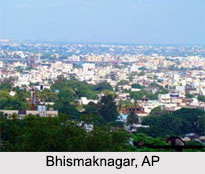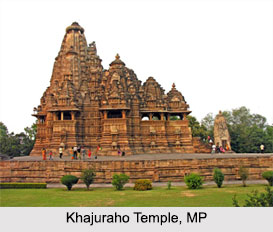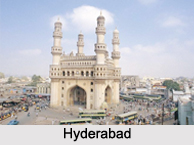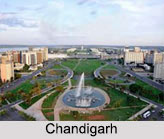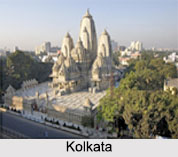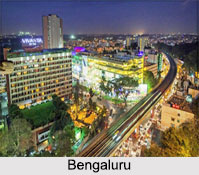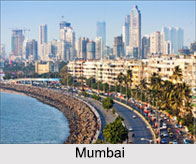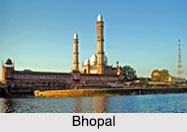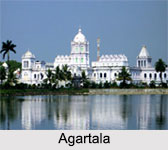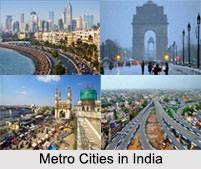A single visit of any of Indian subcontinent enables any one to come across numerous towns and cities that have developed by leaps and bounds. The state of Maharashtra also is not an exception. One such significant place is Nagardeole. It is an example of a census town, which is located in the district of Ahmadnagar of the same state of India.
Keeping in pace with other places of India , in Nagardeole also quite a handful of demographers have been duly appointed who have diligently conducted surveys and research works . Their hard works bear fruit when quite a few reports have been prepared on the bais of fact that they have collected so far. These repots throw some light on the demography of Nagardeole like literacy rates, population status etc. Most prominent is the Census report that has been issued froth in the year 2001. As per this report Nagardeole has shown a total population count of 13,715. Not only that if one desires one can even decipher status of males, females as well as children who are residing in Nagardeole. Out of it , male populace constitutes 52 % . In comparison female residents of Nagardeole are less in number. In other words, 48 % constitutes the total population of females. In Nagardeole, children who fall into the age group of less than six years constitute 13% of the population.
To what extent a town has achieved development is apparent from its literacy status. In other words literacy condition is an important indicator for gauging growth and progress of a particular town. Thus the average literacy rate of Nagardeole constitutes 79 %, which is even higher than that of India. 59.5 % is the average literacy rate of India. Another unique thing has been noticed in this report. In Nagardeole both males and females have developed propensity towards education and learning. To be specific, male literacy rate constitutes 83 %. The female literacy rate of Nagardeole is also no less insignificant thus constituting 74 %.
Being an integral part of Ahmadnagar district it is apparent that people of Nagardeole follows the same trend and tradition. Industrial growth too has flourished here. Large scale. Tobacco, leather, sugar, rubber and many more products are found in abundance.
